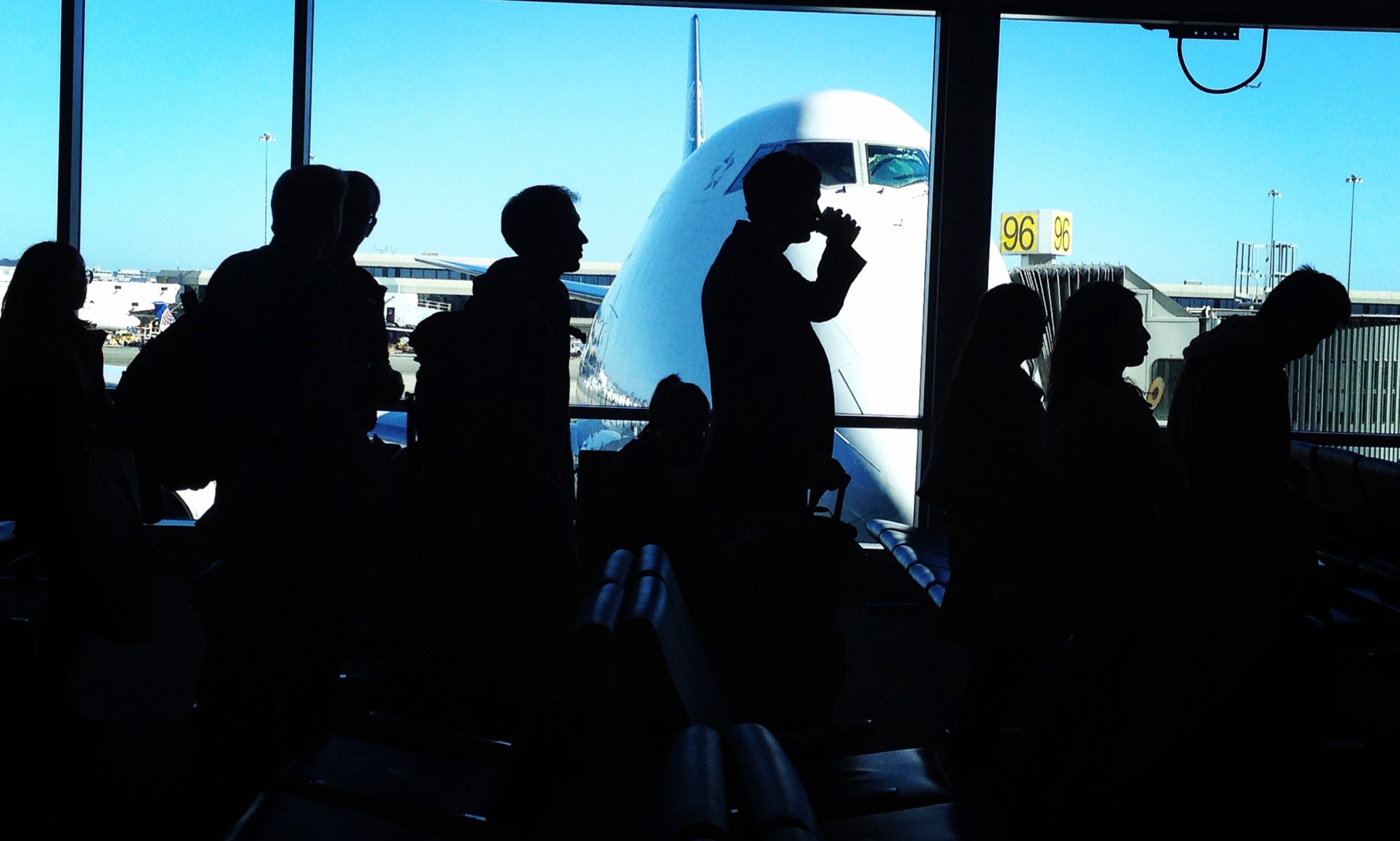By Clement Tan
March 31 (Bloomberg) — Cheap fares and no legacy are helping China’s budget airlines beat state-owned carriers in the stock market.
With combined fleets exceeding 1,000 planes, $31 billion in market values, and up to 20 times more workers, state-controlled China Southern Airlines Co., China Eastern Airlines Corp. and Air China Ltd. on average provide just one-third the returns of Spring Airlines Co. and Juneyao Airlines Co., according to data compiled by Bloomberg. Even the Chinese regulator has lauded Spring as a model of efficiency.
Investors have driven up shares of Juneyao fourfold since the stocks listed last year, while Air China, the leader by market value, has fallen 46 percent in the same period. The data also suggest the three carriers need to step up the pace of reforms to better exploit growth in the Chinese air-travel market, poised to become the world’s largest within two decades.
“Spring and Juneyao don’t have the baggage of legacy like the state-owned airlines,” said Cao Xuefeng, an analyst at Huaxi Securities Co. in Chengdu. “They were started as profit-driven businesses and cost-efficiency for them extends to all aspects of their operations, not just their smaller work forces and cheaper tickets.”
Air China, the biggest Chinese airline by market value, rose 0.7 percent to close at 6.86 yuan in Shanghai trading Thursday. Shares of China Eastern dropped 0.5 percent and China Southern declined 0.3 percent.
Stronger Returns
Spring’s return on equity was 28.1 percent in the 2014 financial year and Juneyao’s 23.6 percent, beating the 12.5 percent generated by China Eastern, the best performer among the three state carriers, the data show. Revenue passengers at Juneyao and Spring jumped 88 percent and 60 percent, respectively, in the last three years, surpassing the 25 percent at China Southern, according to the data.
Several airlines have sprouted up in the last few years hoping to capture some of the growth in air-travel, but Spring, established in 2005, remains the most successful example of budget carriers in China. CAPA Centre for Aviation estimated in November 2014 that about 19 airlines were formed in the year after China voiced support for the development of low-cost carriers in November 2013.
Juneyao, established in 2006, considers itself a “high-value carrier” — offering full services on a lower cost base. The company started a low-cost carrier, 9 Air, in 2014. Juneyao Chairman Wang Junjin expects the Guangzhou-based unit to break even by the end of this year.
Ticket Sales
“We don’t sell too many tickets beyond three months in advance because we usually have to set prices lower if we sell them too far ahead,” Wang told reporters March 13. He declined to provide specific details.
Spring expects net income to have increased as much as 60 percent in 2015, while Juneyao predicted a gain of as much as 160 percent from 427.7 million yuan ($66 million) a year earlier. Both carriers, scheduled to report earnings next month, cited lower fuel prices and high growth in the air-transportation market.
The three state carriers reported 2015 results late Wednesday showing that while their total capacity rose, passenger yields — the money earned from carrying travelers per kilometer — fell amid competition. Their results also included combined foreign-exchange losses of about $2.5 billion, reflecting volatility in the currency market after China unexpectedly devalued the yuan in August. The currency swings created uncertainty for the airlines, whose plane purchases are denominated in dollars, and limited their profit gains from declining oil prices.
Missing Estimates
Net income at China Southern more than doubled to 3.7 billion yuan and China Eastern’s profit climbed by a third to 4.5 billion yuan, both falling short of average analyst estimates compiled by Bloomberg. Air China’s net income rose 83 percent to 7.06 billion yuan, surpassing estimates.
The chasm between Spring and Juneyao versus the three state carriers extends to other areas.
Juneyao expects its own fleet to double by 2020 from the current 50, while 9 Air will receive 50 Boeing Co. single-aisle jetliners by then. Spring is growing so fast that the company said it hopes Airbus Group SE can make more planes even though it just ordered 60 Airbus A320neos with a list price of $6.3 billion in December.
The three state-owned airlines each had more than 520 aircraft as of June 30. China Southern, which had 667 planes at the end of last year, plans to expand its fleet to 1,000 by 2020, Chief Financial Officer Xiao Lixin said in Hong Kong Thursday.
Still, Spring and Juneyao may lose some of that edge as China progresses in its overhaul of state enterprises.
At the end of 2014, Spring had 4,154 employees and Juneyao had 3,786 workers, while China Southern had an average of 82,132 employees, the most among the three state carriers, according to latest available data compiled by Bloomberg.
“Spring has been held up as a model of efficiency, but Spring’s efficiency advantage is skewed because state-owned airlines have bloated work forces they are not allowed to reform yet,” said Will Horton, a Hong Kong-based analyst at CAPA Centre for Aviation. “Inevitably once there is labor reform, Spring will still be efficient but not nearly by as much.”
This story was first published at Bloomberg.com.
